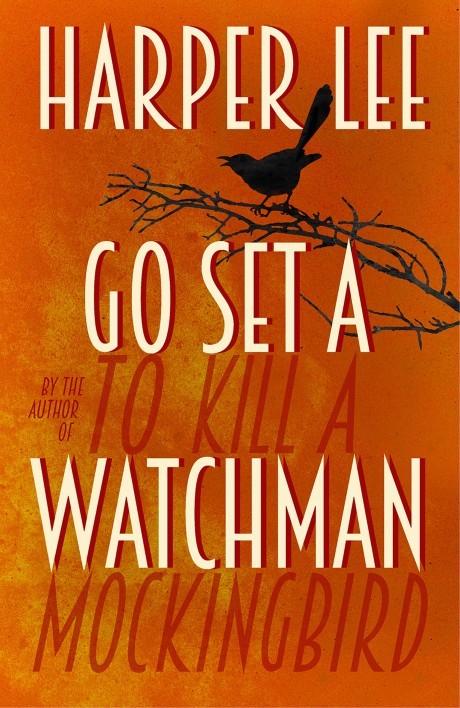Hardback by William Heinemann, £18.99 (ebook £7.47).
How to approach an author’s only other novel, when the first one is a literary icon? And when the details surrounding the book’s publication appear murky at best…
To Kill A Mockingbird, which won Harper Lee the Pulitzer Prize, is a near-perfect tale of childhood set in the American Deep South. Go Set A Watchman, published almost exactly 55 years later, was a first draft of Mockingbird, rejected by Lee’s editor, which has languished in her archives until its recent ‘discovery’. For some, the book should never have been published.
Mockingbird is so beloved in huge part for its depiction of young Jean Louise ‘Scout’ Finch, as described in the first-person by an adult narrator Scout. In Watchman, we’re in the third person, hearing about Scout as a 20-something New Yorker, who’s returned to Maycomb, Alabama to see her father Atticus and her sweetheart Hank. And that separation hurts – we don’t feel so much for her.
It’s impossible to read Watchman, which Lee calls the ‘parent’ novel to Mockingbird, without continually cross-referencing. Where’s Boo Radley, a silent presence throughout Mockingbird? And if Hank’s so important now, why didn’t he make it into Mockingbird? Scout’s brother Jem, who was her constant companion and conscience in the first book, is also absent.
The Finch house, the setting for summer-long flights of imaginative play, has been knocked down and replaced by an ice cream parlour, symbolic because Lee has somehow demolished our halcyon memories of Mockingbird, even though Watchman was written first. And most cruelly, through Scout’s discovery of her father as fallible human being, who’s not the bastion of moral propriety she or we thought he was. Now in his seventies, he’s attending a citizen’s council of white folk determined to keep segregation in place.
What we have is a disjointed series of flashbacks to Scout’s Judy Blume-esque coming of age, complete with periods and padded bras, culminating in one incredibly long hate-filled rant at Atticus.
The central case of Tom Robinson, a black man accused of rape, which Atticus heroically defended in Mockingbird, is dismissed in just four paragraphs in Watchman, as Scout begins to see the cracks appearing in her idealised image of her father. But we the reader are like Scout and we see Watchman for a poor, cynical shadow of its published predecessor.
Just as Scout revisits Maycomb, to discover all is not as it used to be, it’s painful to revisit Mockingbird through its parent novel and realise we too have been naive. But then that may have been Lee’s intention all along.

